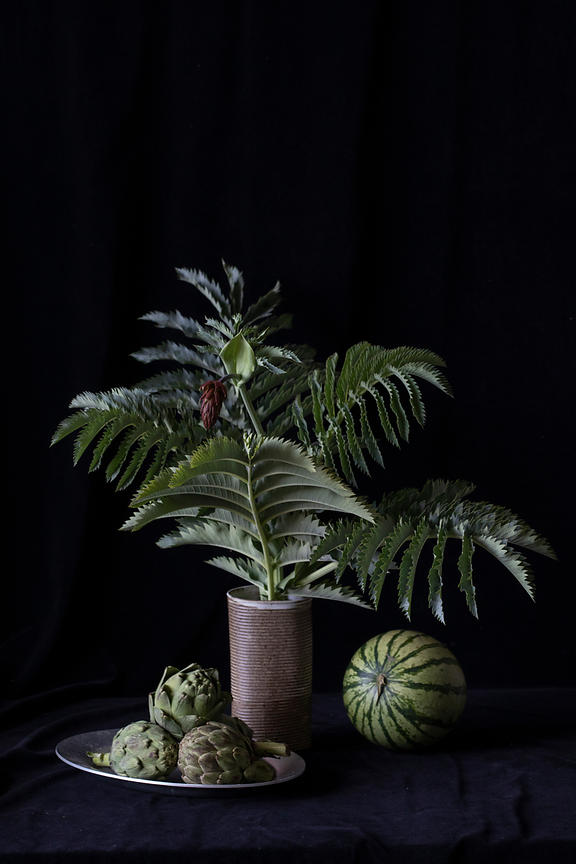STORY+NARRATIVE: What is your love story? And how will you tell it?
In three words: Area, article, affinity
In a sentence: Getting to know people more intimately through three clear stages.
In more detail: For this narrative, I’m aiming to portray the people who hold sentimental value to me using three aspects of photography: Landscape, Still life and Portrait photography. I intend to have three case studies. For each page of the book I plan to have a portrait of the person with an image of these three things directly adjacent to them.On one page I will have a place that holds emotional significance to them next to a full body portrait. On the next page I will have an object or article that represents their passion for a hobby or a guilty pleasure next to a 3/4 or half body portrait. Finally I’ll have an image with a person who holds significance to them next to a head-shot of my subject.
By gradually getting into close proximity with the subject, I can convert my subject into an allegory for intimacy. For these portraits I aim to take them in the studio, with a plain background. The outfits I aim to match with the colour scheme of the 3 things I’ve chosen to represent them. This will prevent my photo-zine from looking garish and will clearly separate each of my case studies from one another alongside keeping the theme of the zine constant.
AUDIENCE: Who is it for?
The people I’m photographing are similar ages to myself and so represent younger, more innocent relationships. It may appeal to older generations as sweet nostalgia or as a resemblance to themselves as a child or resemblance to their children/grandchildren/etc.
Similarly, it may connect with those in my own generation as the people, places or objects remind them of relationships they have with hobbies or areas or even the relationships they have with their own friends/families/significant others.
My reasoning for the three different types of portraits (Full, 3/4 body and head-shot) is to represent three stages of getting intimate with someone:
Stage one: Curiosity. To represent this stage I decided to use a full body portrait. I feel as though it represents this word accurately as a person can easily spark your interest from a distance.
Using a landscape next to this portrait gives gives the narrative a setting. The setting I use for each case-study will be a place that has importance to them. Not only does this create imagery, it also leaves some ambiguity as to why this place holds significance to the person they’re looking at. Leaving ambiguity allows the viewer to deduct and create their own narrative alongside mine.
Stage Two: Bringing Your Lives Together. As you get closer to someone emotionally, you can be comfortable standing close to them or seeing them close up. By doing a 3/4 body or a half-body portrait I can convey this stage of becoming intimate with someone.
By adding still life images, I can further progress my narrative for each case study. The audience can then engage with this, learning more about the individual they’re looking at and making possible links to the setting they previously viewed.
Stage Three: Deeper Level of Commitment. Finally, I felt as though a head shot was appropriate to present this stage as having that accessibility to a person/ being comfortable that close to someone shows how attached you are to that person and how valuable they are to you.
Adding an photograph of someone the case study is intimate with allows the audience to feel attachment to the subject. I aim to make them feel as though they know the key things about each case study as they progress through the zine. By creating this affinity between the subject and the audience I can keep the viewer’s interest in the zine. Having ambiguity towards the significance of the person close to the subject and the place the subject chose allows freedom for the audience to create multiple story-lines and narratives.
By having multiple narratives it means the viewer may look over the zine multiple times to try make further links, rather than understanding the clear plot and looking through it once.
CONTEXT: Who is your inspiration?
After viewing multiple photo-zines, I was particularly inspired by Rita Puig-Serra Costa and her photo-book: ‘Where mimosa bloom’. The design aspect of the book appealed to me as she used portraits of people adjacent to formal elements such as shape and colour.

Similarly, I was inspired by Chloe Jafe and the way she presented her subjects. The stance held by the women in a number of her portraits comes across as confident. Additionally, the women in her project represent the trust and strength within her relationships with them. I wanted to incorporate this into my work by photographing my subjects in more detail and more intimately than a standard formal portrait.

Inochi Azukemasu


